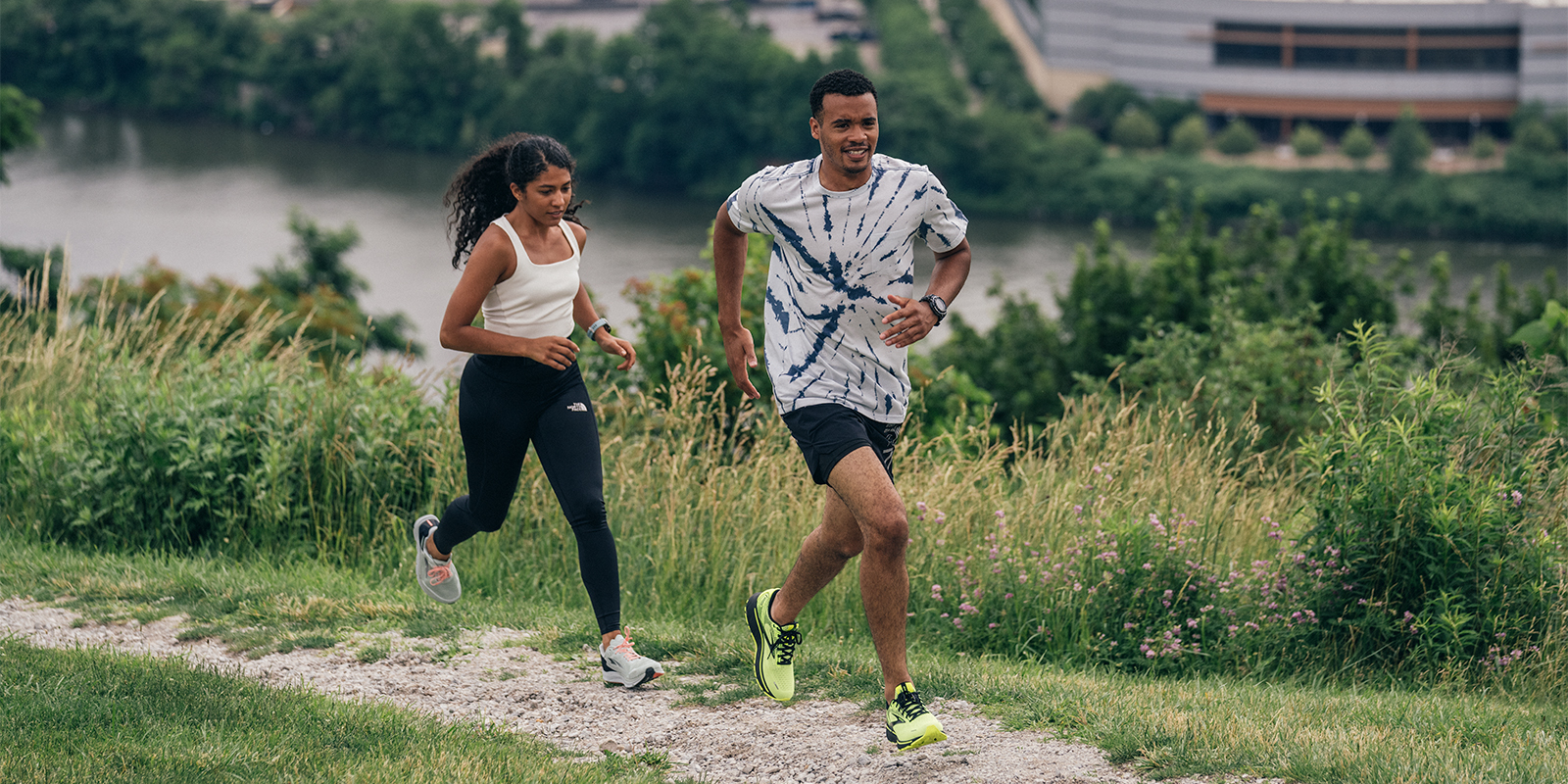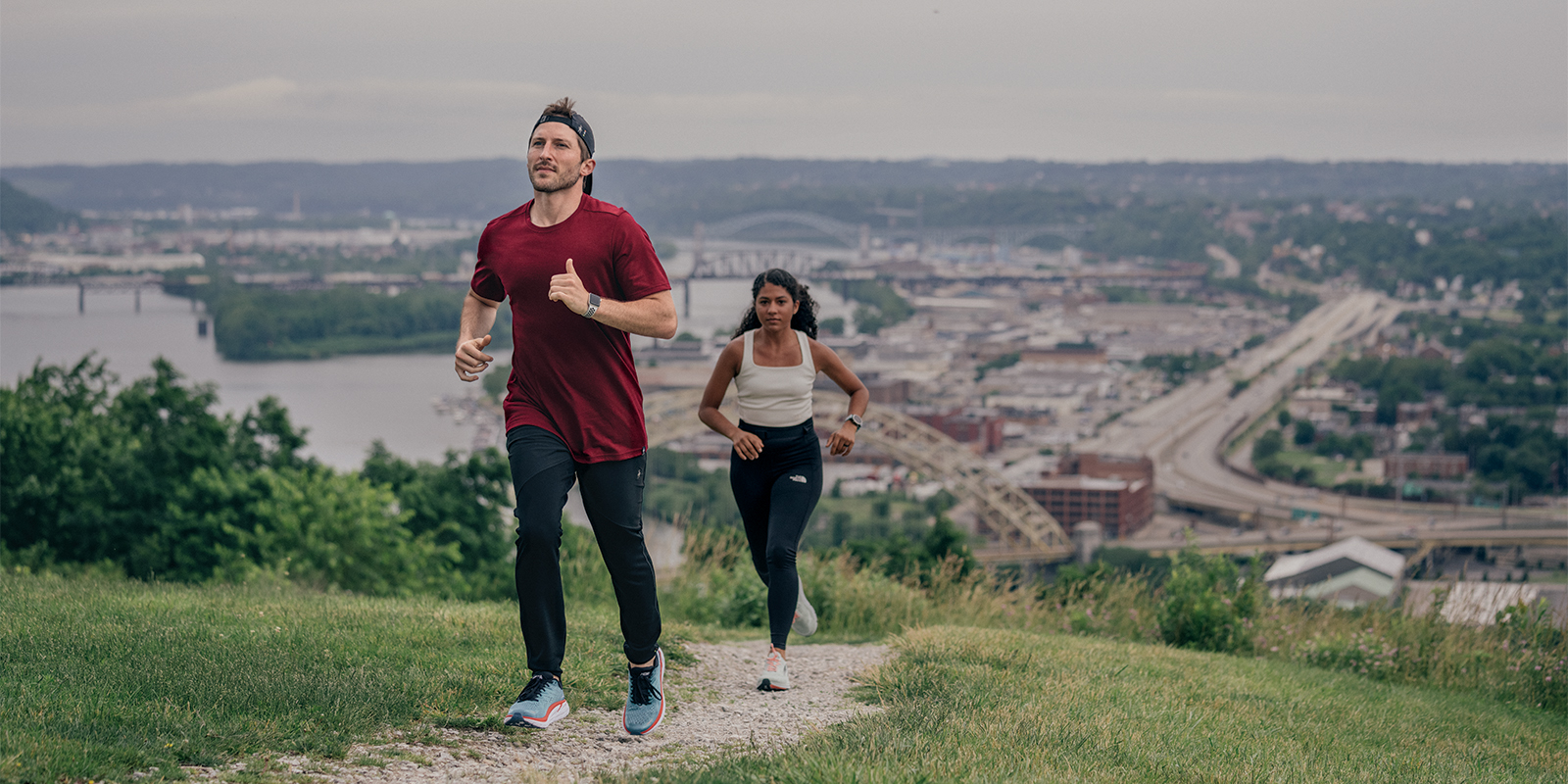It’s obvious that running strengthens muscles. Much less obvious is that the impact forces from running can strengthen bones, too. Studies have even shown that running actually might be good for your joints, instead of the common notion that it breaks them down. A 2016 study published in the European Journal of Applied Physiology found that a 30-minute run decreased the amount of inflammation in knee joints. You can now hush those friends telling you how running will ruin your knees—or your ankle or hip joints, for that matter.
That said, runners do still tend to experience pain in their joints, on occasion. Reasons range from misalignment due to biological makeup, an awkward gait (or stride), improper footwear, or just too many miles without the body maintenance to support your efforts.
To address potential misalignment and/or to ensure you’re running with a healthy, minimally awkward stride for your body, enlist the help of a physical therapist or movement specialist who works with runners, specifically.
Otherwise, here are a few tips and strengthening exercises aimed at fortifying the muscles and soft tissue (cartilage and ligaments) around the major joints you use in running—ankles, knees, and hips—to help keep you durable overall.
Tips
Allow Recovery
Whether you’re starting off running, or are a seasoned pro, allowing your body to recover from running efforts is the key to longevity. It’s this work-then-rest theory that works so well for new runners starting off by alternating short bouts of running with walking breaks (throughout an outing). For more experienced runners, recovery days follow the same theory: They allow your joints (and the rest of your body) time to reset before being put through the paces again.
Mix It Up
Running the same loop around your neighborhood can put stress on your joints. The same turns, the same pavement, the same pace: All that repetition strains joints. Mixing up the surfaces you run, opting for dirt one day and pavement the next, helps keep you strong and alleviates repetitive pounding from one (hard) surface. The nature of running on the varied terrain of trails helps strengthen joints—and softer surfaces are more gentle on joints overall.
Warm Up and Cool Down
Since it’s the supporting muscles, ligaments and tendons that contribute to overall joint health, it’s important to warm up for (and to cool down from) your run to keep this supporting cast healthy. Starting out on a hard run, in particular, without a warm-up can cause strains on muscles and soft tissue that affects your joints. Likewise, stopping dead in your tracks and plopping down at your desk following a long run can make muscles tight, and tight muscles can lead to joint strain.





